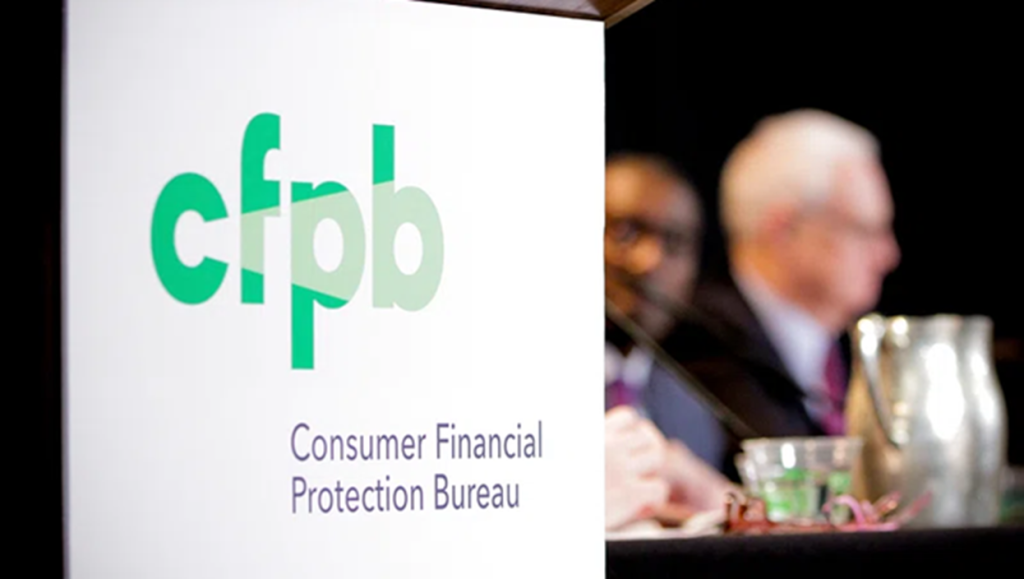
Know Before You Owe is a set of mortgage guides from the Consumer Financial Protection Bureau (CFPB). It shows home loan seekers the steps they need to take to open and handle a mortgage account. It provides detailed information on interest rates, and explains how to find comparable deals on loans, too.
This makes perfect sense. Home seekers should know what they’re signing up for. And who wants “gotcha” moments or sudden clarifications once it feels (or really is) too late to back out?
So, the mortgage lender legally must give the borrower an official set of closing disclosures at least three business days prior to closing day.
Why not check it out earlier?
Improved Disclosure Materials: A Response to the Mortgage Crisis Fallout.
Know Before You Owe helps borrowers understand both the mortgage process, and their options. The CFPB, a federal agency, works to keep lending practices fair for regular people. In the agency’s own words: “We help keep banks and other financial service providers consumers depend on every day operating fairly.”
Before the current Know Before You Owe package was designed, there were four disclosure forms. They were not so simple to read, or to use.
That changed after the housing crisis that unfolded between 2007 and 2010. In fact, the federal mortgage law itself changed.
In 2010, the Dodd-Frank Wall Street Reform and Consumer Protection Act directed lenders to make lending criteria stricter, in order to reduce the risks to borrowers. By 2015, the CFPB had its first Know Before You Owe publications. They simplified the mortgage disclosure materials that the lenders had to give their borrowers.
Mortgage Disclosures Are Simple to Read, Simple to Use—And Personalized for Loan Shoppers.

Today, the CFPB website includes its Owning a Home section. This part of the site guides the hopeful loan borrower through the mortgage-seeking adventure. It offers tips, information, and alerts.
Helpfully, Owning a Home condensed the disclosure forms for loan applicants into just two straightforward forms. These are:
- The Loan Estimate. This shows the agreement the buyer is making — specifics of the mortgage and all the relevant fees. It states the interest rate, and whether that’s locked in. If the terms penalize borrowers who pay their monthly amount early, this document says so. All told, the Loan Estimate can help a loan applicant know exactly what’s on the table, then look around and compare available mortgages in the last hours leading up to closing day! See what a Loan Estimate looks like.
- The Closing Disclosure. This helps you avoid costly surprises at the closing table. Does the Loan Estimate match the Closing Disclosure? The toolkit shows the reader how to compare this document — its amounts and loan terms — to the same details where they appear on the Loan Estimate. The borrower gets three business days to compare these forms and ask questions before going through with the closing. See what a Closing Disclosure looks like.
The Home Loan Toolkit gives borrowers the necessary context to understand these disclosures. And the mortgage company gives one to each borrower. See what the Home Loan Toolkit (PDF) looks like.
Know Your Rights, and Know the Law, the CFPB Says
Remember, every mortgage borrower is entitled to a Closing Disclosure at least three business days in advance of the deed transfer. This might seem like a nuisance for a hopeful buyer headed for the finish line. But, as you can now see, there’s a consumer-friendly rationale for that three-day period. It allows buyers to change their minds about closing if something’s not as promised. It provides a set time when a home buyer may get clarifications on the process and the lingo, clear up any questions or misunderstandings, and maybe even request changes to the mortgage agreement.
At that time, the agency’s online guide can be quite useful, even for an experienced buyer. It includes worksheets, budget forms, and even sample role-playing scripts the buyer can use to prepare for real conversations with the mortgage company.
It also tells readers what mortgage fraud is, and why not to do it. Stating the obvious? Yes, but some people do fudge numbers, so maybe they do need to be told it’ll likely not end well!
Mortgage Companies Must Approve Applicants in an Unbiased Way. So Must Their Software!
In September 2023, the CFPB issued guidance to lenders on using algorithms, including artificial intelligence (AI). Cutting-edge technology makes all sorts of consumer data available to lenders. These companies have to be able to articulate which data forms their decisions. They can’t just say the AI did it. So the guidance warns lenders not to just mark boxes on forms without stating the specific reasons, in each case, when they turn people down for mortgages. If they don’t follow this guidance, they are offending the federal Equal Credit Opportunity Act. In fact, the Equal Credit Opportunity Act requires lenders to specify the precise reasons for refusing to issue a loan.
Why is this? Because when our lenders tell us straight-up why we’re deemed ineligible, then we can know how to proceed in the future, and improve our credit profile accordingly. And, it reassures us that wrongful bias is not in play. It’s for this reason that the CFPB says the lender must state the detailed findings that went into the denial. In other words: What exactly did the applicant do or not do?
Also, the CFPB says in its September 2023 release titled CFPB Issues Guidance on Credit Denials by Lenders Using Artificial Intelligence, a lender must straightforwardly communicate the reason, no matter that the applicant could be “surprised, upset, or angered” to find out they’re being “graded on data that may not intuitively relate to their finances.”
In a new Executive Order, the White House has acted to prevent “algorithmic discrimination” in housing.
This is an area of mortgage law with a lot of new developments. The Consumer Financial Protection Bureau and other U.S. agencies are hammering out federal rules on algorithmic technology. They need to be sure that the latest AI-powered tools aren’t sidelining minority applicants through a new kind of digital redlining.
At Deeds.com, we’ll keep you posted. Meanwhile, take a look at the Know Before You Owe materials. If you wait to learn about them three days before your closing day, it could be a little harder to concentrate.
Important note: This and other articles on Deeds.com are intended to provide food for thought and general information — but not financial or legal advice. The way to obtain case-specific guidance is to consult with a licensed professional in your state. If you believe you have been subjected to unfair practices, you may file a complaint with the Consumer Financial Protection Bureau.
Supporting References
Consumer Financial Protection Bureau (CFPB), via ConsumerFinance.gov: Know Before You Owe – Mortgages (mandated since 2015).
Consumer Financial Protection Bureau (CFPB), via ConsumerFinance.gov: Newsroom – CFPB Issues Guidance on Credit Denials by Lenders Using Artificial Intelligence; Consumers Must Receive Accurate and Specific Reasons for Credit Denials (Sep. 19, 2023).
And as linked.
More on topics: Mortgage fraud today, Small mortgages
Photo credits: U.S. Government (Public Domain) via RawPixel; and Ivan Samkov via Pexels.
